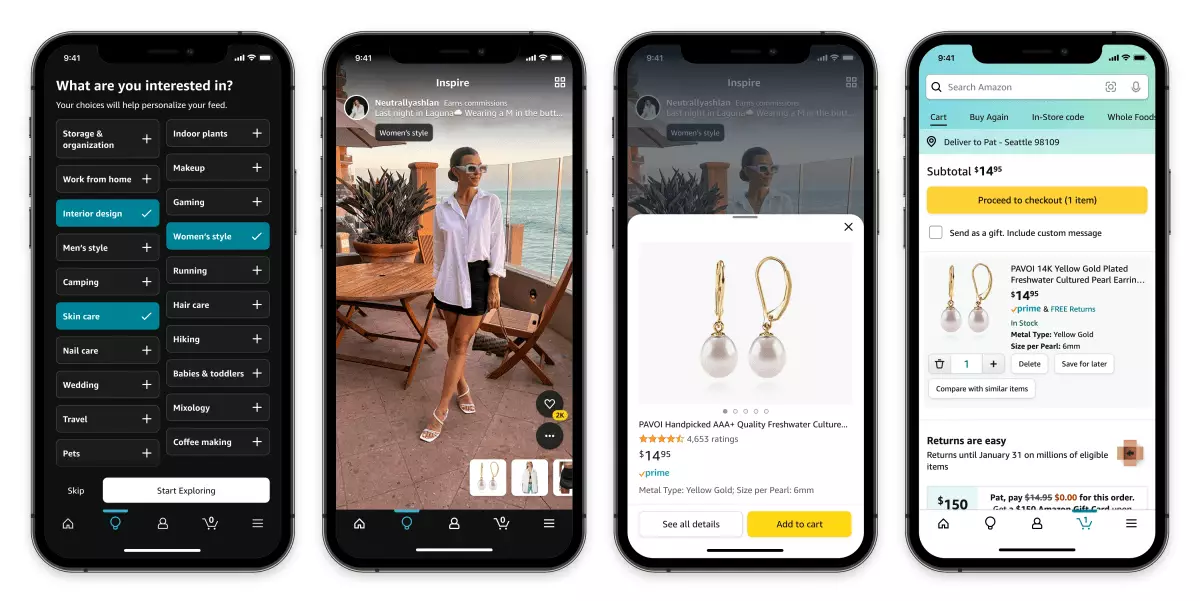Amazon has officially terminated its short-form video and photo feed feature, Inspire, which emulated the popular style of TikTok. Initially launched in 2022, Inspire aimed to create a unique shopping environment within Amazon’s mobile app, allowing users to discover products through content generated by influencers, brands, and regular users. However, despite its ambitious objectives, the feature soon fell under scrutiny and ultimately failed to maintain a sustainable user base. A spokesperson for Amazon confirmed the discontinuation, emphasizing the company’s commitment to continuously assessing features and adapting to customer feedback.
The timing of Inspire’s closure is significant. It occurred during a period of heightened uncertainties for TikTok in the U.S., a platform that had carved itself a niche for product recommendations through user-generated videos. Some might argue that Inspire had the potential to fill the void for consumers seeking TikTok-like experiences in shopping. However, Amazon’s broader strategy has been to engage customers through established social platforms, reducing its reliance on proprietary features. By partnering with platforms such as Instagram and Snap, Amazon has created avenues for customer engagement that are potentially more lucrative than investing in an isolated feature like Inspire.
Inspire faced substantial pushback from creators regarding compensation. During a misguided attempt to attract influencers, Amazon offered payouts that many deemed inadequate—$25 per qualifying video, with total potential earnings capped at $12,500 for 500 submissions. This misalignment of expectations created a rift between Amazon and the very content creators it sought to engage. Many influencers recognized that they could generate higher income through other channels, rendering Inspire an undesirable platform. As a result, the dearth of creator content could have contributed significantly to Inspire’s demise.
A New Direction for Amazon’s Digital Strategy
Even though Inspire has been discontinued, Amazon appeared to retain optimism regarding its future in social commerce. The company highlighted existing features like creator storefronts and curated collections as potential alternatives for customers seeking inspiration. Additionally, the introduction of AI shopping assistants, such as Rufus, suggests a pivot toward utilizing technology to enhance customer experience. This shift implies that Amazon is not retreating from the social commerce arena but is instead innovating within a multi-platform strategy that better aligns with consumer habits.
The Road Ahead for Consumers and Creators
Moving forward, consumers may benefit from an increasingly integrated shopping experience across various social media platforms, backed by Amazon’s robust catalog. For creators, the road might be less clear, as the landscape continues to change. A lack of dedicated support from platforms like Amazon could lead potential influencers to focus on more rewarding social networks. However, with collaborations aimed at providing seamless shopping experiences across platforms, Amazon’s future in social commerce could evolve, driving new opportunities for both consumers and creators alike.
The closure of Inspire signifies a recalibration of Amazon’s digital marketing strategy, inviting a dialogue on the future of social commerce and influencer engagement across the ever-evolving landscape of online shopping.

